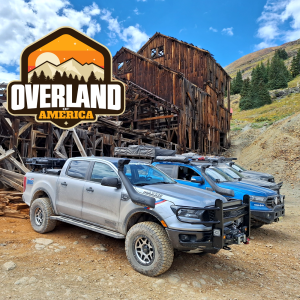
OP posts pictures that clearly show an original plastic tank.
@MaD
I'd certainly check the top of the tank for the leak source before condeming it. Plastic tanks rarely spring a leak in the tank itself, unless its been punctured by something and that is typically on the bottom. I'd look for either a leaking seal, a broken/loose locking ring, or a rotted line letting fuel escape. Filler necks on these olders trucks are especially known to crack and leak with age.
Could have gotten a seal a little off when replacing the sending unit. Could have disturbed something when you did the work that lead to failure. May not have been anything wrong at the time, or anything you did during replacement, but seals and hoses can fail seeming at random. Especially so when dealing with this modern, ethanol loaded, fuel on older machines.
If you do determine the leakto actually be the tank, check out later model rangers as well. Up through 97 should have practically the same frame, so the tanks may fit with minor effort.
OP posts pictures that clearly show an original plastic tank.














